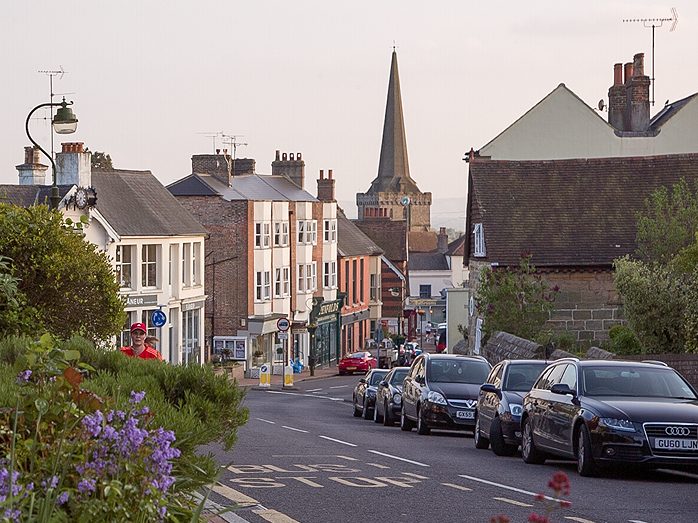Edit: Unfortunately I have disabled comments on this post. The first ever time I have removed the “below the line” on my blog. Why? I am on holiday with my lovely lady to celebrate our joint birthdays. The insanity over this that has taken over so many people has had an impact on our first holiday in two years. I am all for opinions but if people can’t be trusted to behave like normal human beings then this will happen. I have no desire to disable comments again as I encourage discussion.
Let’s hope this minority regain their senses so we can proceed as normal. I am saddened to have to do this but I need to enjoy what is left of our holiday so I can come back rested and recharged. 🙂
Thanks
Philip
hi!
Philip here.We are living in such an incredible time. As Filmmakers we really have little holding us back anymore, just our imagination. Cameras are powerful and cheap, and it’s easy to get your work seen with things like Vimeo on demand and similar. It’s a very freeing time to be making films.
Ever since the lovely and brilliant Tram Hudson started it back in the early Mk2 days, Magic Lantern have tried to bring features to the Canon cameras for video that frustratingly have been missing and much needed. Things like peaking, zebras, audio meters and even turning the AV out jack into a headphone jack. Genius! Why Canon never implemented any of these features always bewildered me.
Tram pretty much retired from the project a while back, leaving a dedicated and talented community of hackers to carry that torch. Ever since then, the hack has evolved in leaps and bounds.
Most of the Canons have now been hacked. Even the hard to crack 7D. Their biggest achievement to date by far is this though, a raw video feed that is recordable in camera.
I have messed around with ML since the Tram days but have never felt comfortable using it on a pro gig. These are my own personal reasons and many have the same policy, doesn’t stop me admiring the work done. I would rather never use a hacked camera on a paid gig – No matter how stable it is, there is always a small element of risk. When working for clients, I avoid any chance of headaches. I have coped fine with the camera’s limitations and worked around them. It doesn’t stop me being ‘effin impressed as hell by what the team have achieved…as I have already mentioned.
It’s been a real shame though that the achievement of this breakthrough has been marred by a small minority of people whose reaction has been disproportionate and at times unpleasant. Simply because I didn’t praise it as the greatest breakthrough in filmmaking since we had the talkies. A small minority label me as anti hack and accuse me of spreading negativity about it – Far from it. I have praised it repeatedly, the achievement is just amazing. It’s all about perspective though. No hack, no development is worth personal attacks towards anyone. Simply because I always advise caution in anything unofficial that could invalidate your warranty, I am labelled ‘anti hack’. It’s utter nonsense and really quite frustrating. Nothing is going to turn me off something more than throwing personal and disparaging remarks my way. Thankfully it is a tiny minority.
Is this hack brilliant? From what I have seen at this early stage, yes, and its only going to get better. It’s going to be a marvelous tool to add to the arsenal for many. Do you need raw? Maybe. I cover that in depth in my earlier post.
So back to more positive stuff. My good friend, shooting partner, and all round MacGyver James Miller has bravely risked his own life to examine this hack and the clean HDMI feed from the MK3. Should we be excited? What are the benefits of both? Here is James with his findings.
Thanks and remember to be nice to each other. Even if they own not only a different brand of camera, but also those who may own the same camera as you, hacked or not! 🙂
Philip
Ok, is this really a re-revolution of the Canon DSLR’s?
Is it really like November 2008 when the Canon 5D Mark2 came out?
Will the film community all come together again to help each other out like the old days?
Will Sponge Bob ever pass his driving test?
What do we have so far.
Canon recently released the long awaited firmware for the 5D3 (5D300121.FIR) that among others things allow uncompressed clean HDMI out.
Is it any better? Do we get any more detail or resolution?
Well not really. We do get a slight shift in colour as expected and the digital noise is no longer mush, it’s clean sharp noise now that in 99% of practical uses gets lost going back to web H.264 compression. You can see a difference in detail in trees and distance objects as it’s not getting lost in compression. Of course it’s great to have the best possible image you can start with, S*it in S*it out…
Whats is great about the updated firmware is having the ability to view and record a clean HDMI feed. Great for speedy editing.
Above shows with internal all I-Frame recording and HDMI captured through Ki-Mini Pro Recorder. Sharpness added to bring out detail, apart from end 400% shot that has no sharpness.
- Pre Canon firmware 1.2.1
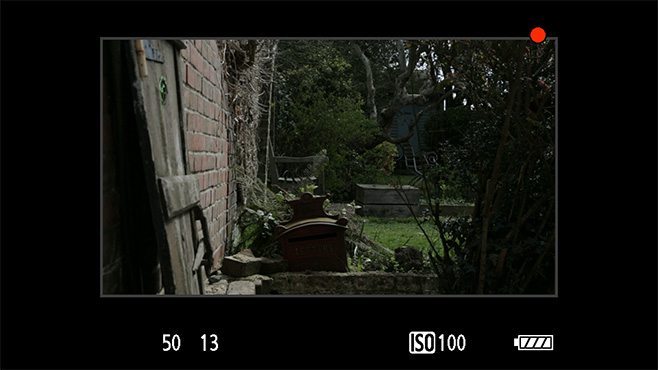
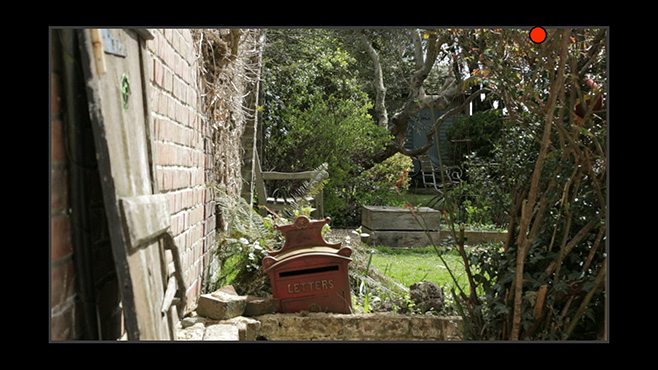
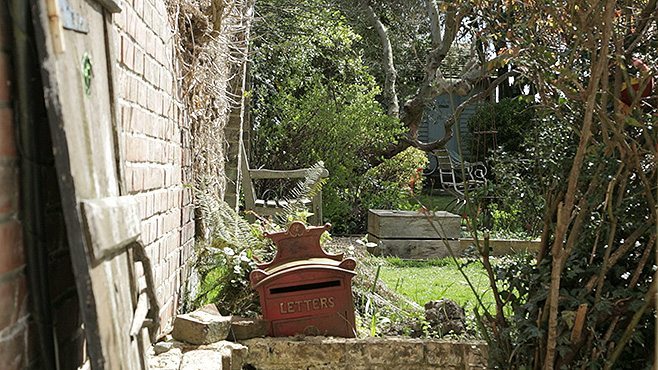
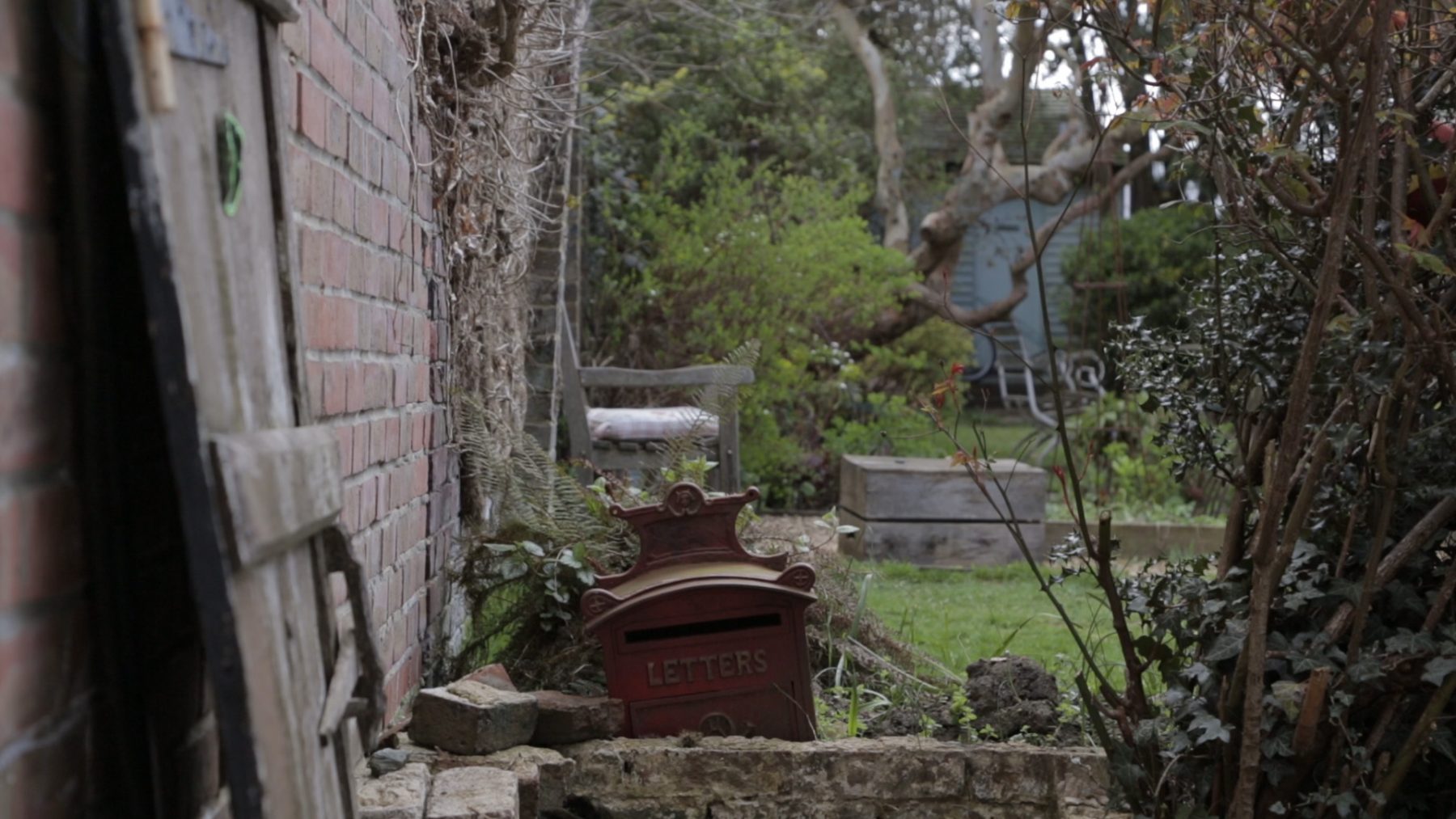
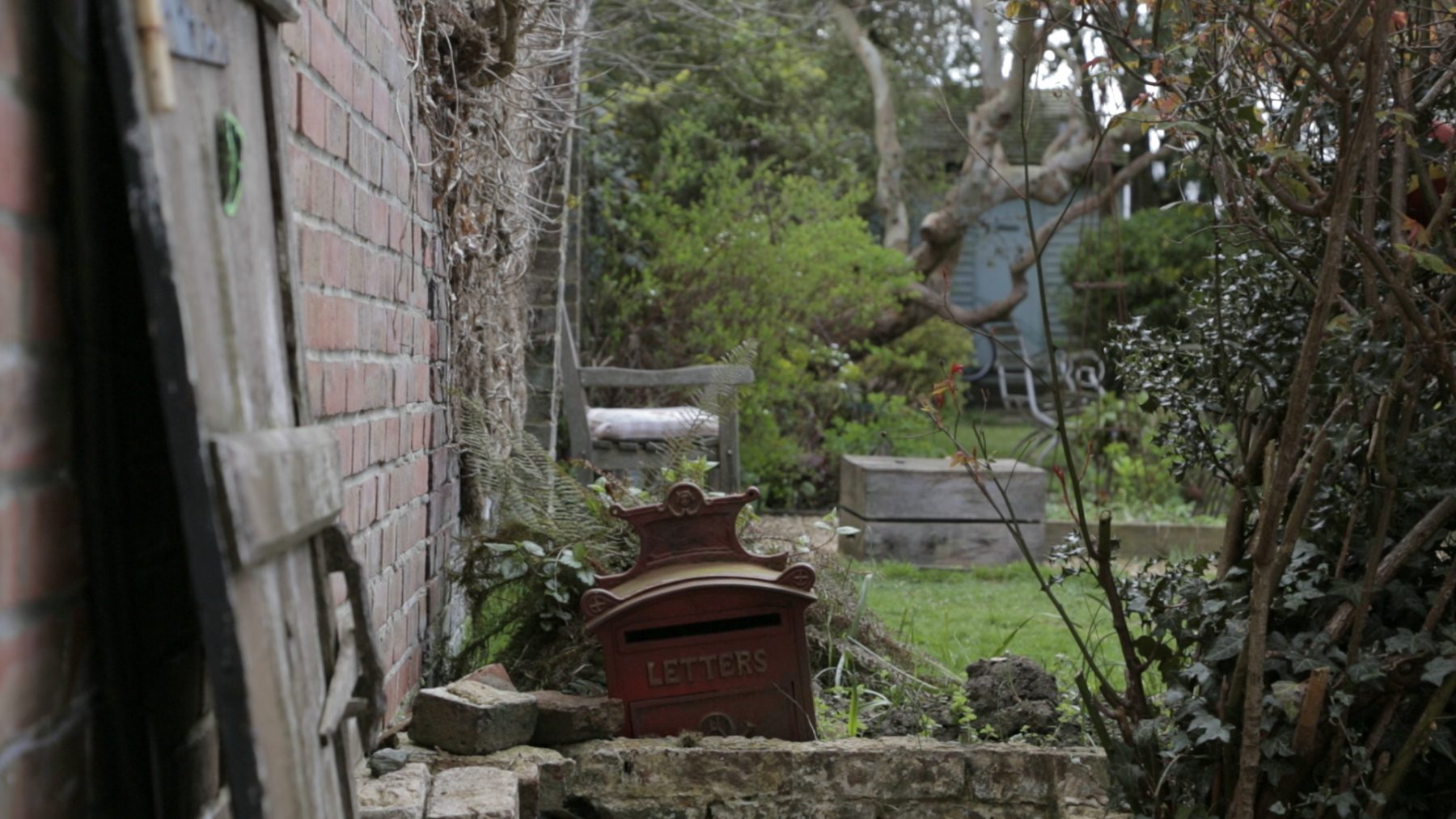
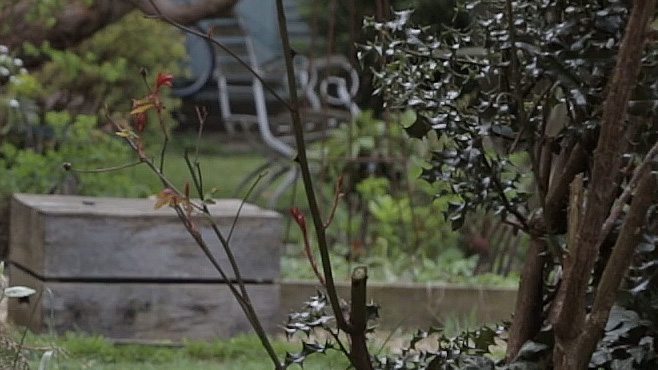
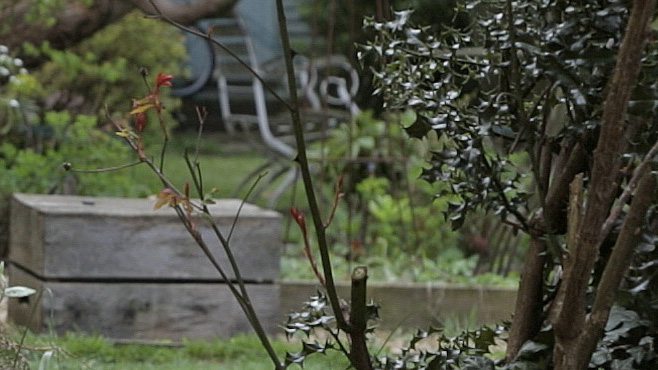
And that’s about it from the update, for anyone using the camera to record video that is.
Well that was about it up until about a week or so ago, when the very clever people at Magic Lantern – http://www.magiclantern.fm discovered the ability to capture a raw feed from the camera.
https://vimeo.com/66480704 – Genesis
The short test film above was shot on a Canon 5D3 running the Magic Lantern prerelease firmware.
From the film: Carousel shot native camera raw file download: we.tl/U8O079vqoI download and have a go yourself.
It’s still early days and no public release has been made been made yet, but if you are extra brave, by following a few breadcrumbs you can get all the items needed to make this work today. I don’t recommend it as doing so may land you with a camera that does not operate. I would of course suggest waiting a little while longer for some of the bugs and workflows to be addressed, but that didn’t stop me.
What does that mean for me?
The 5D3 now has the ability to record a number of resolutions, limited at the moment by the speed of data written to the CF card. For now on a fast 1000x card I can manage 1920×1080 for a limited number of frames. At 1920×840 I can record until the 4GB file size is reached. This currently is about 1min at that resolution. Not very long really, I hope this changes.
Doesn’t the stock Canon 5D3 already produce 1920×1080 in H.264 format, why should I use this hack?
That’s true and in many cases you really don’t need to change anything you do. You can simply use the latest firmware from Cannon and enjoy clean HDMI for monitoring and recording.
But if you want something that has more detail and the ability to recover and balance highlight and shadow information then step right up an come paddle with the sharks.
How does it work?and how do I use it?
The camera will now produce a .RAW file that needs to be sort of demuxed to extract the DNG files for processing. I won’t go into camera operation as this is changing daily. But once you have the RAW file extracted simply rename the folder the DNG are automatically put into and drag this into Adobe After effects. You will be prompted with Adobe Camera Raw to grade or colour balance footage. The DNG files do not have any META data from the camera to set base levels you will have to do this, you will note that the image is biased magenta. It’s a good idea to do most of the colour work here, like recovery or strong grading as you will take advantage of the full 14bit RAW frames.
(It’s very much like working with still RAW photo images, so if you work with Adobe Camera Raw or another DNG compatible reader then it will seem very familiar)
You can then export your clips from AE in an intermediate format like Apple ProRes for secondary colour and edit etc.
What you notice immediately by using files produced on the 5D3 running the Magic Lantern firmware hack, is how much latitude you have to use. It’s really beautiful to be able to pull an image around without it breaking down.
What do I need to run Magic Lantern Raw?
Many Canon cameras are being supported, but at the moment you are limited by data rates. That’s mostly fine as there are some very fast Compact Flash cards out there. But SD are a little tricky, and possibly you will have to record at a lower resolution than full HD.
I’m using Komputerbay 1000x speed CF cards that are very hit and miss, as they vary card by card. The best thing to do is run a benchmark test in the camera in Magic Lantern. This will tell you the read/write speed over many tests. I’m sending one of my Komputerbay card back to Amazon as its speed is well below the advertised data rates. I think to record 1920×1080 your card needs a sustained write rate of 89MB/s. The other 1000x UDMA7 cards I have are Transcend’s, they are very reliable and speed is constant across cards.
Being a Canon 1DC owner, I must say how much I love the images that come off the 1DC, but in many situations you are limited to 8bit colour information that bands and breaks down very quickly compared to DNG recording based cameras.
The 1DC is able to produce incredible sharp HD images through a HDMI recorder, but then even so it’s limited on how much colour work you can then do due to banding.
But what the Canon 1DC does offer is the ability to be reliable and work on a commercial project without worrying about dropped frames, buffering etc. There are so many reasons not to shoot raw, but on the right job or the right scene it can be a perfect tool.
To me I will certainly use the 5D3+ML on projects that I can take time to shoot, or where we need to perform lots of colour work, green screen etc. I know from now on that the 5D3 will always be in the kit bag.
And as a bonus, it feels like the community is coming together like those first days with the Canon 5D Mark 2. And that’s a great thing.
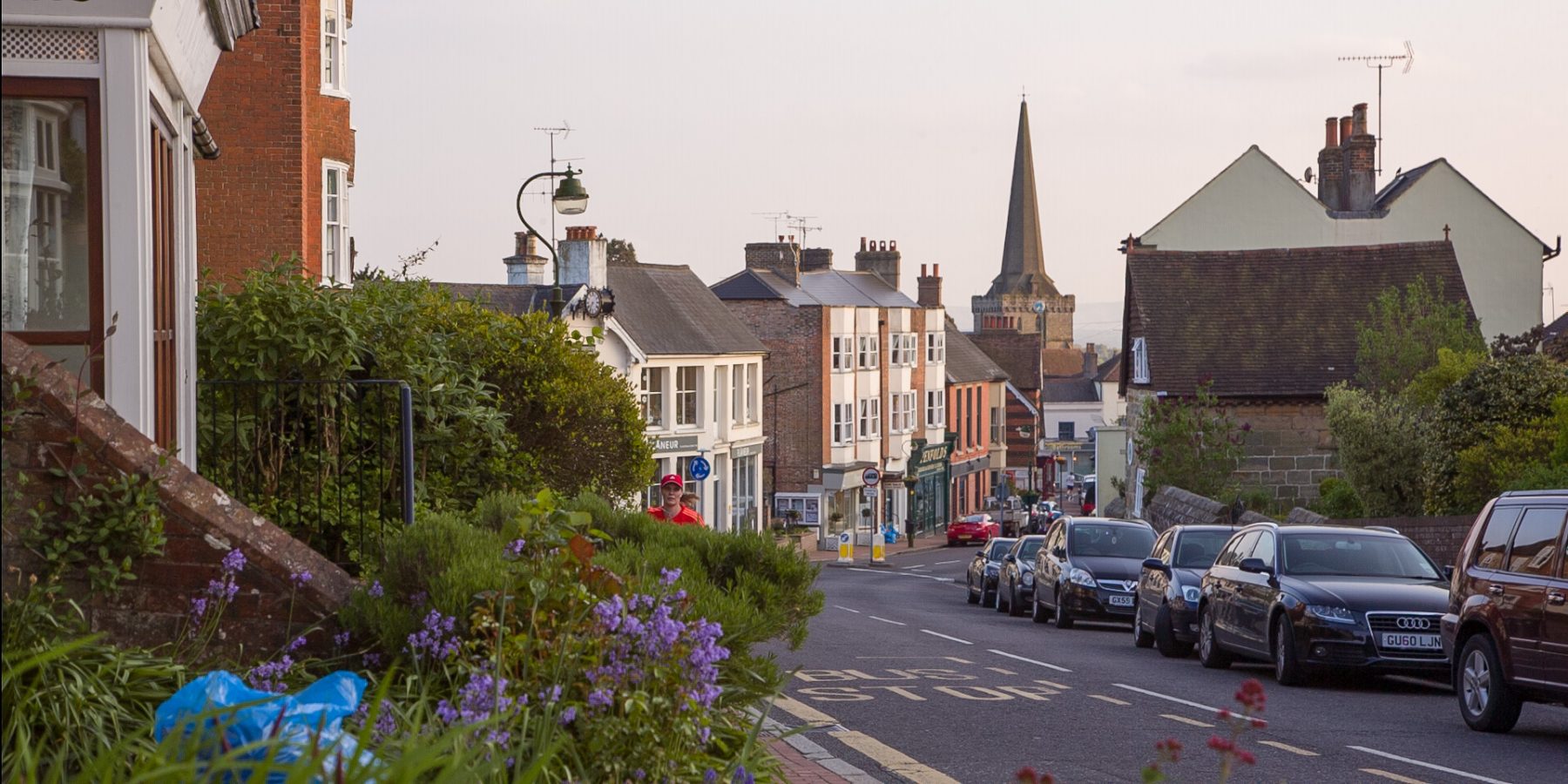
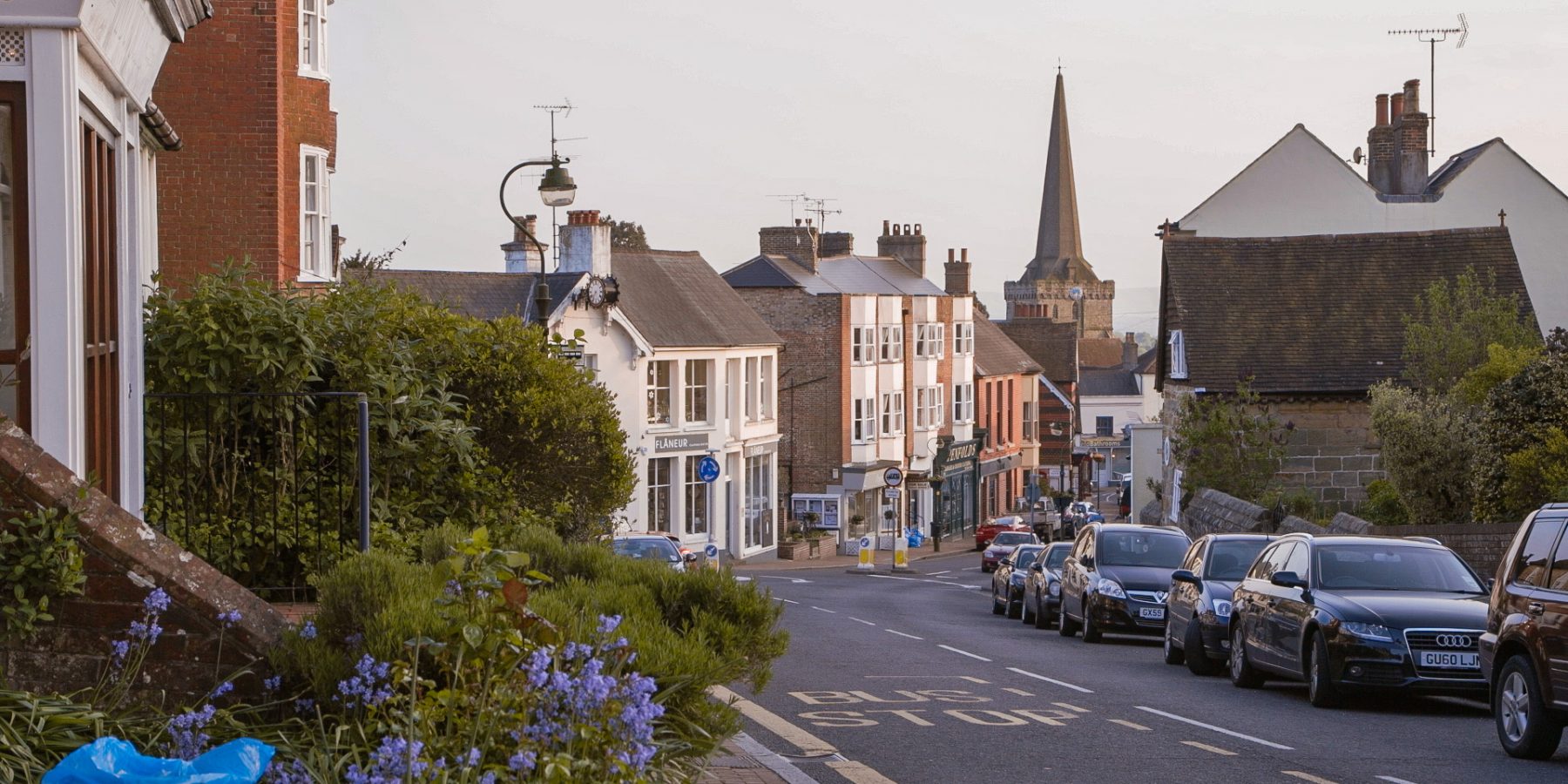
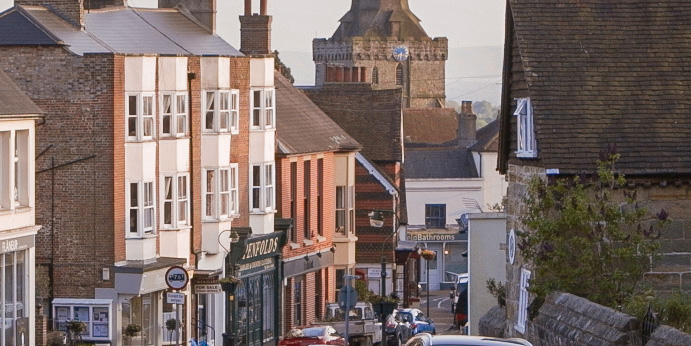
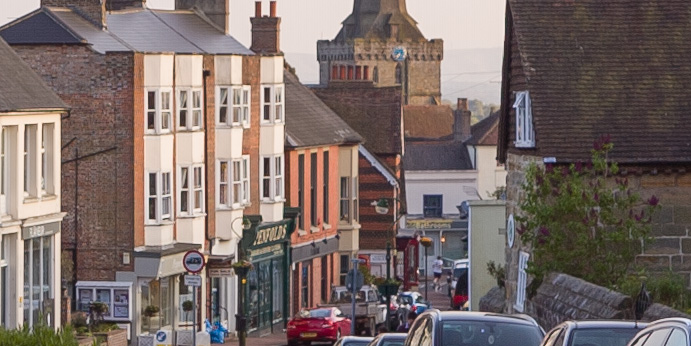
Some more sample films by using the Magic Lantern Raw firmware addition.
If your interested in any more in-depth detail check out the forums on Magic Lantern’s site. http://www.magiclantern.fm

